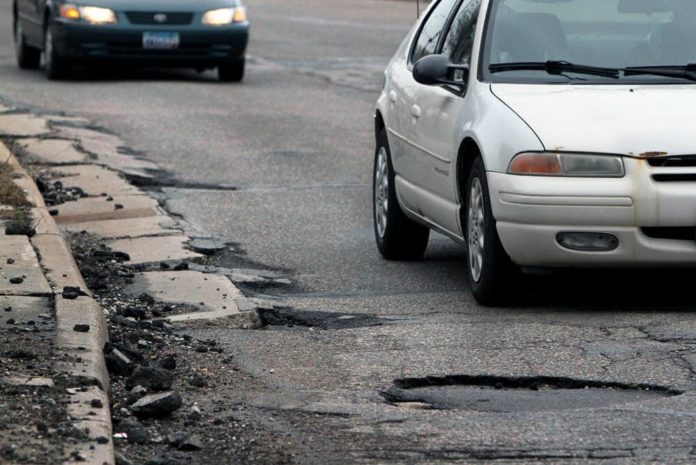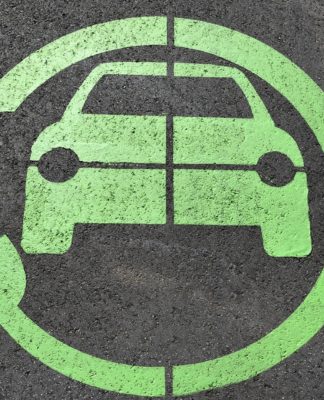
I have seen the future, and it is, in a word, awesome.
A friend of mine walked up to me recently and told me had a video link that he wanted to show me. Knowing this friend I expected a cat video or some unsuspecting person about to be in an unbelievable amount of pain (we all have that friend, don’t we?) I was pleasantly surprised when he instead showed me a video of a pothole-filling machine, designed and built by engineering company Dahir Insaat, located in Istanbul, Turkey.

Anyone who has been near St. Paul’s Ayd Mill road recently, or most Minnesota streets after a long winter, knows how big of a deal this is.
Put simply, this is the most innovative new way to fill potholes. The machine itself looks like an elongated garbage truck, without the crushing mechanism on the back – that’s where the business end of this little number is, for different tools that can be swapped out.
First, the machine starts out using a mill head that mills out around the pothole in a circular, or rectangular shape. It then mills out the interior turning the asphalt into small pieces. Once the task is complete, the drilled-out asphalt is removed by vacuum. After the machine vacuums out the debris, it removes a special mixture is dropped into the milled hole for the final step.
The machine then selects the correct size plug to fill the hole. This plug is made up of a high-quality granite and tar, and is chilled so that once it heats up it expands and keeps the edges as strong as possible. Strong edges are crucial to the process: They prevent the plug from imploding, creating another pothole.
The entire process takes anywhere from 2-5 minutes.
Watch a demo video below.
https://www.youtube.com/watch?v=yuJ3NDq4AlA
This process also creates an even surface – no more running over a “fixed” pothole and still feeling as though you’re driving on a dirt road. The cost savings are also significant, as the plugs are designed outlast the typical poured patch by years, and, at most, it only takes two people to run the machine: one to drive and one to work it. The speed and precision of this machine also keeps roads from being closed for long periods of time for patching and repaving.
Read next: Do they drop bombs here? Why MN roads are the way they are
















